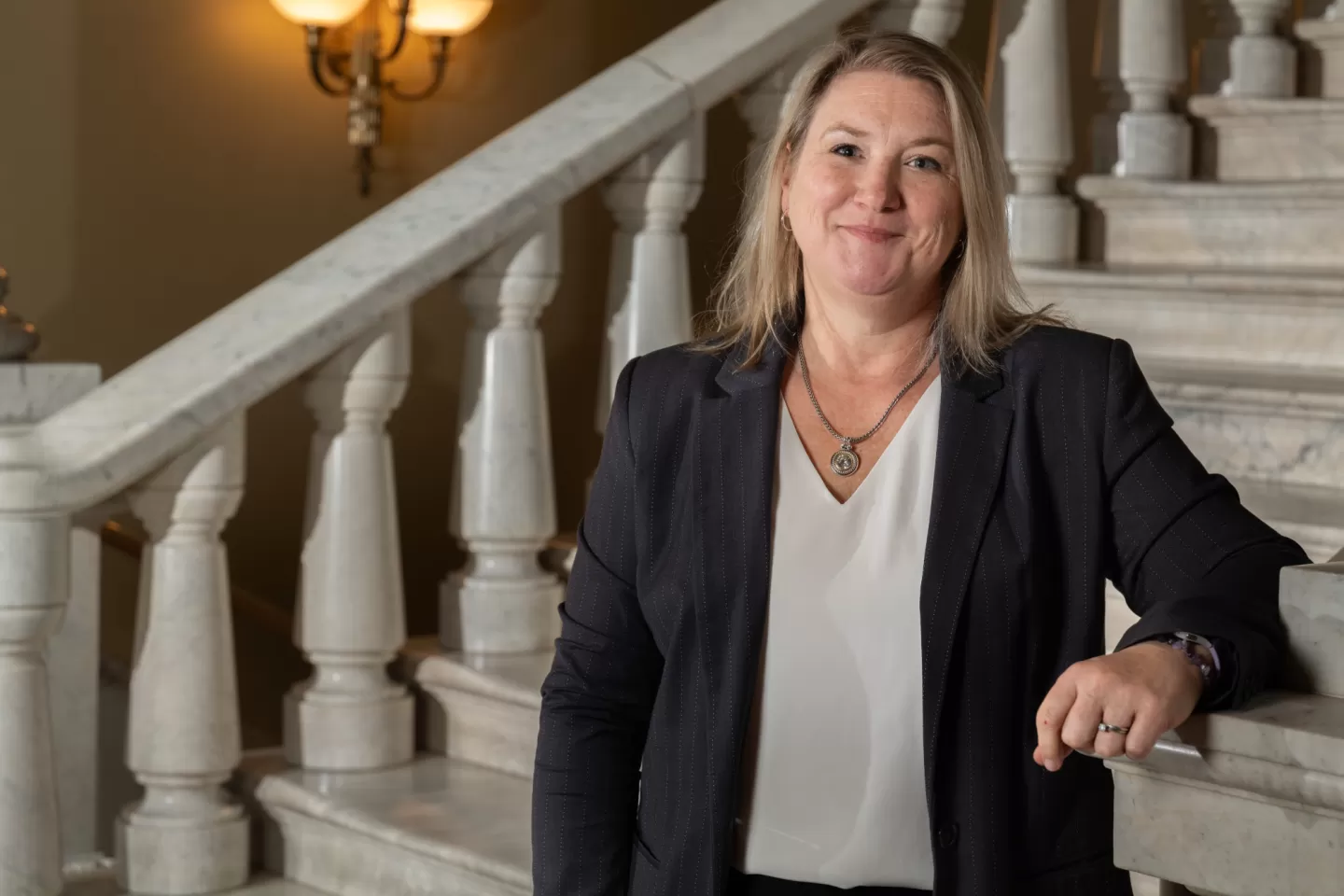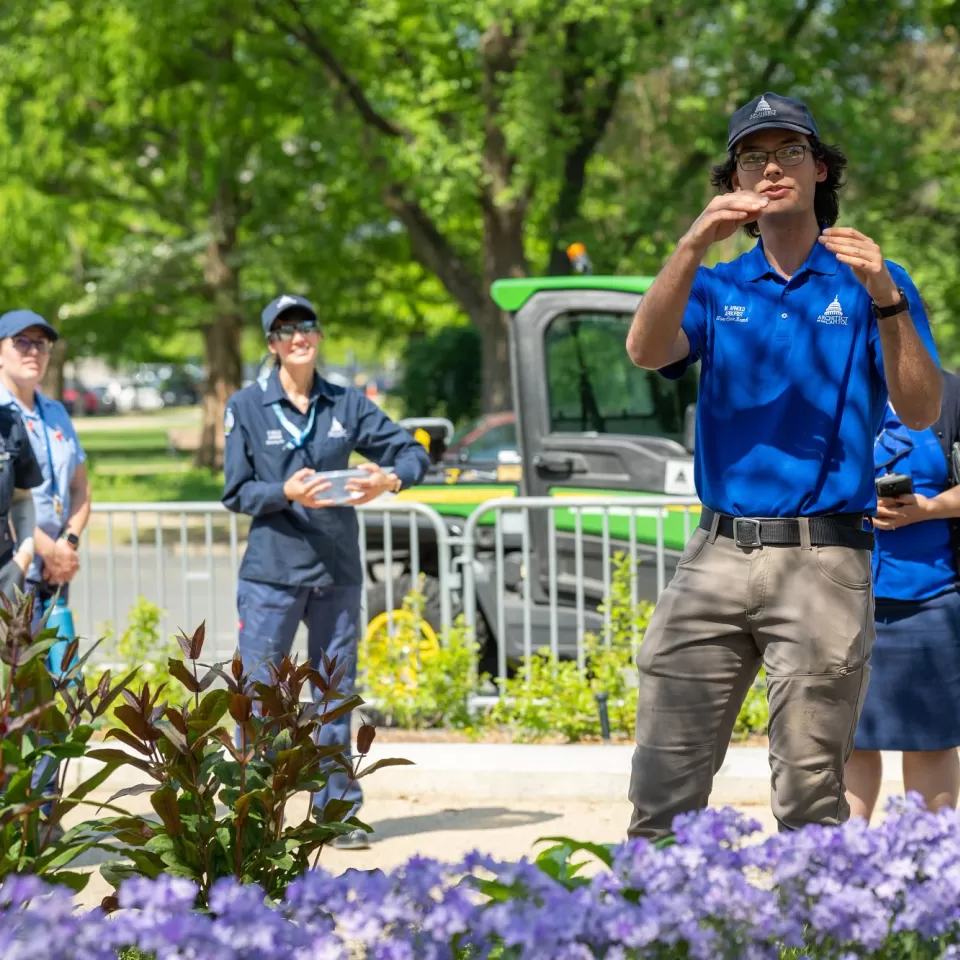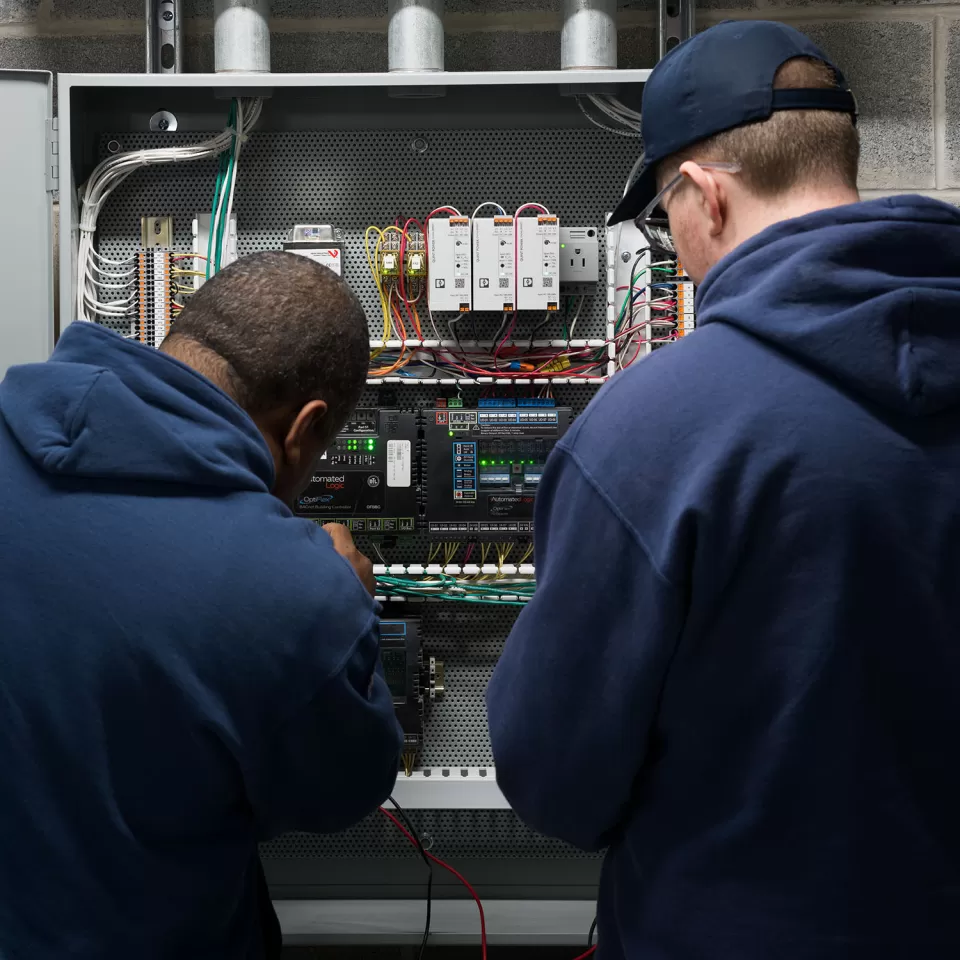Our Stories
Recent Articles
Behind the Scenes
Arborists on Campus — The Art of Tree Care
Thanking those who keep our trees thriving.
Behind the Scenes
Ducts in a Row
The experts at the House Mechanic Shop meticulously oversee campus HVAC systems, ensuring building temperatures are optimal for both daily operations and historic preservation.
Behind the Scenes
AOC Experts Keep it Cool for Historic Preservation Efforts
When it comes to preserving the Library of Congress' record-breaking collection of more than 175 million items — including books, historical materials and cultural artifacts — the Architect of the Capitol staff plays an instrumental role in keeping things cool.
Behind the Scenes
Embracing a Vintage Electric Cargo Tricycle for Greener Gardening
This innovative mode of transportation allows the dedicated gardening staff to move throughout the historic grounds of the U.S. Capitol with ease, all while carrying up to an impressive 300 pounds of gardening tools and horticultural materials.






Comments
I hope the AOC will consider restoring the House and Senate chambers to their historic appearance, undoing the 1950s decor, which is so at odds with the rest of the building. Salvaged elements of the 1950s might make a good display someplace. Thank you.
Add new comment